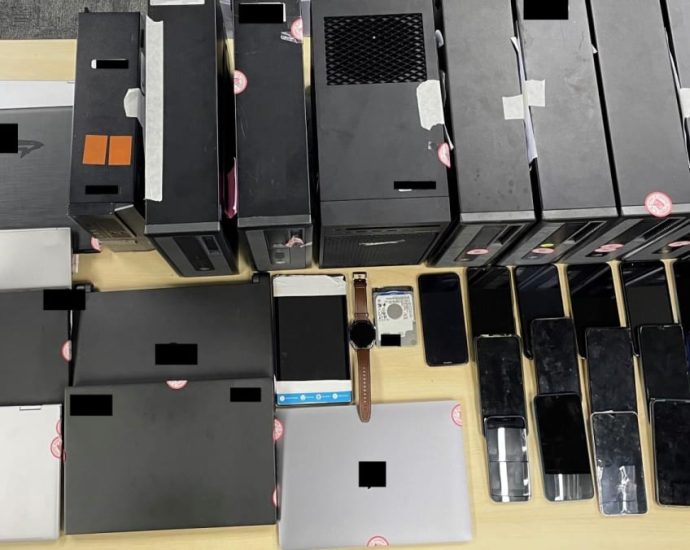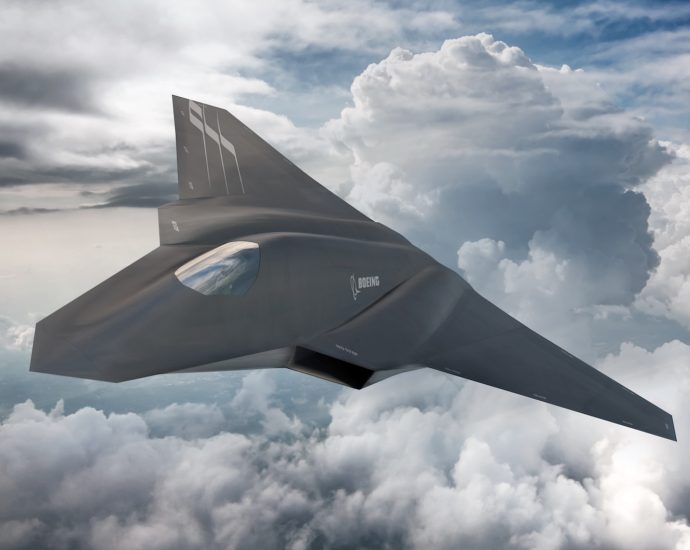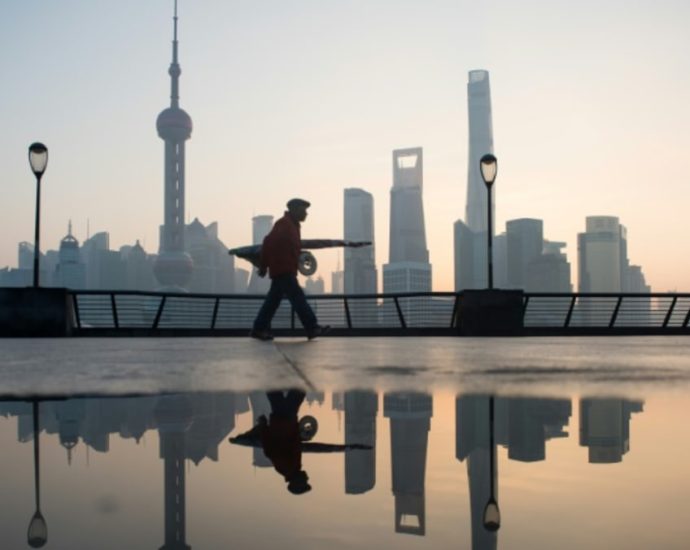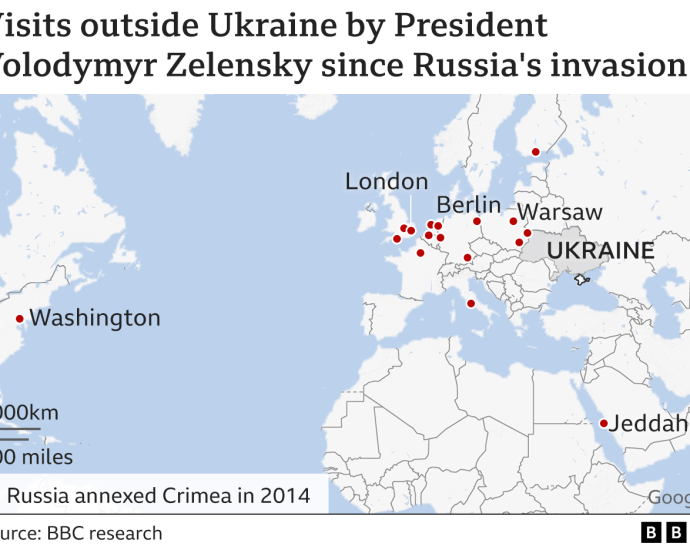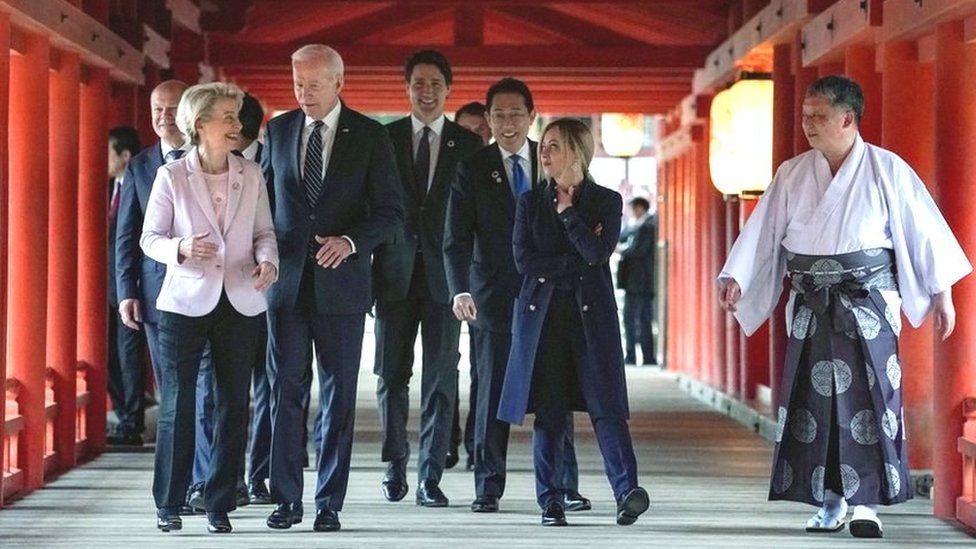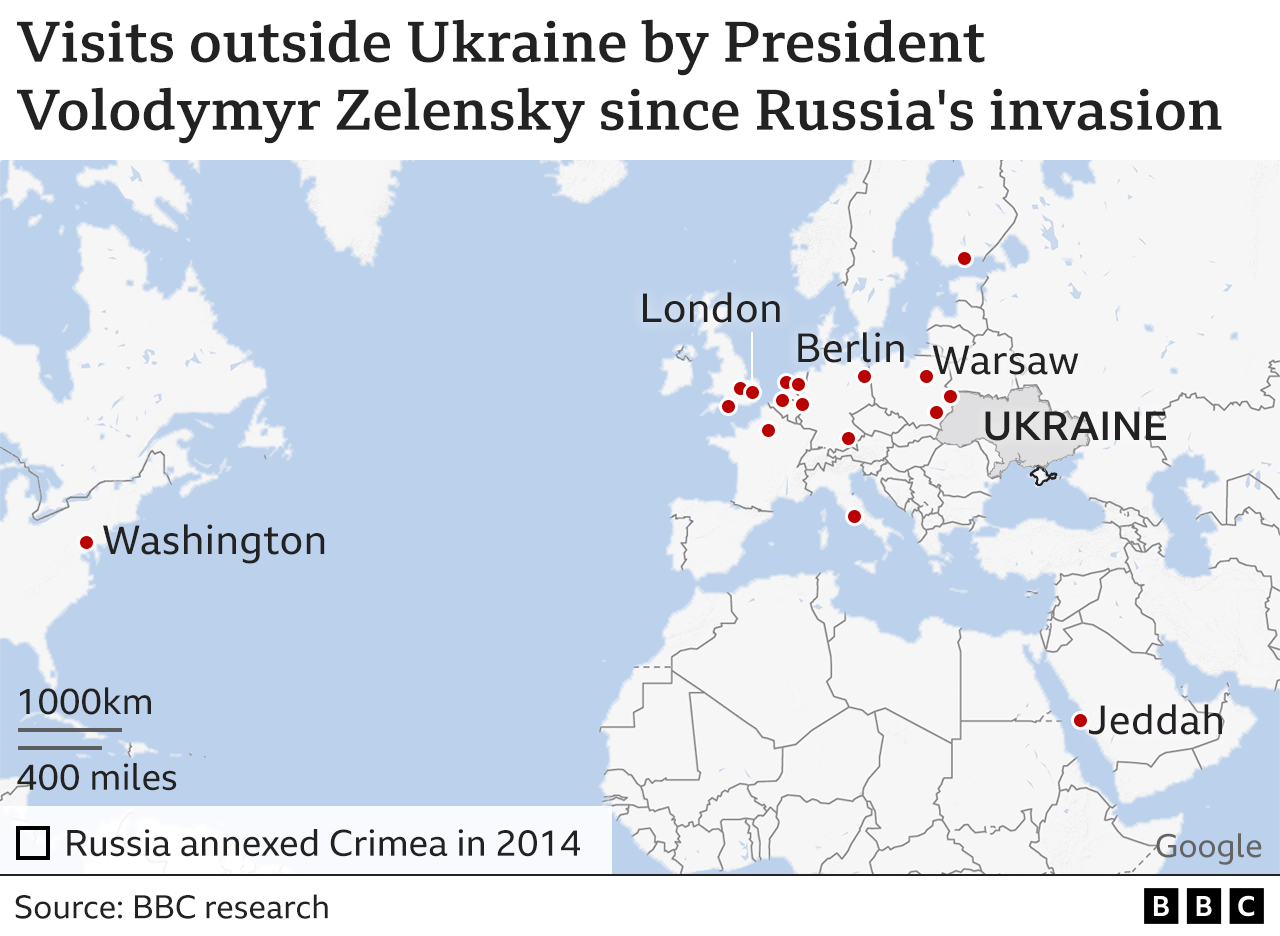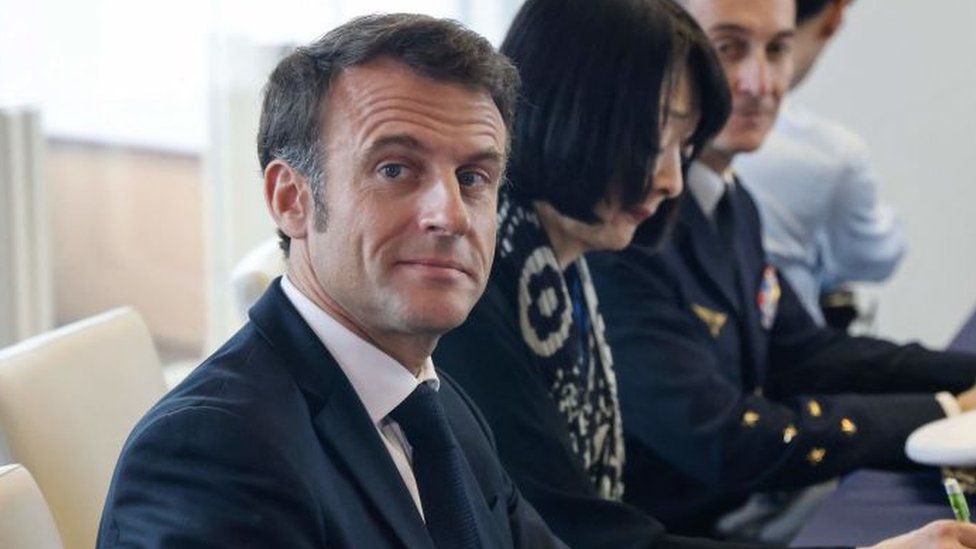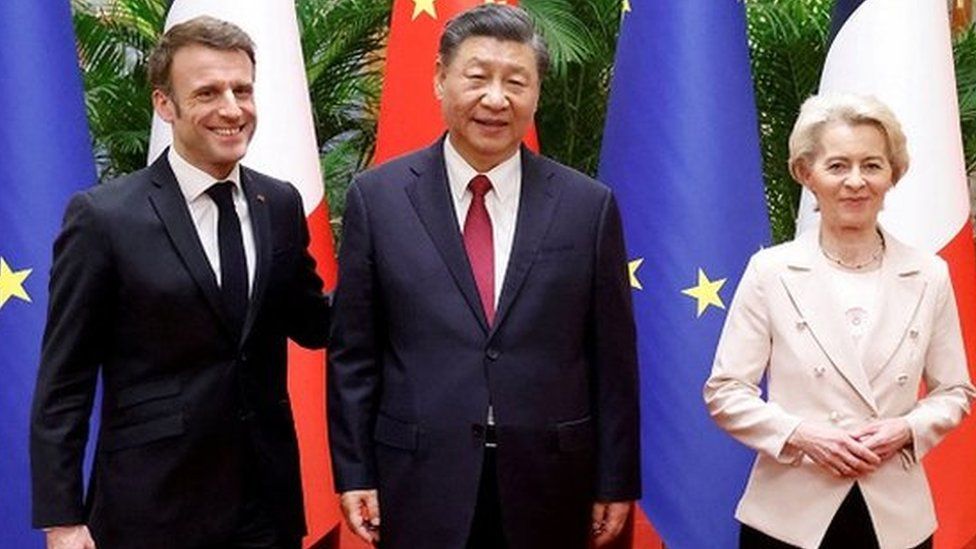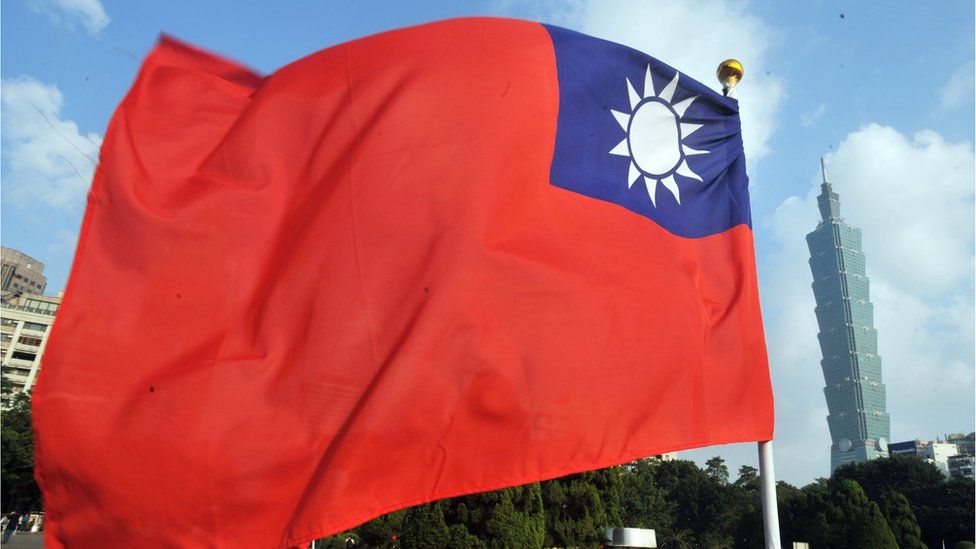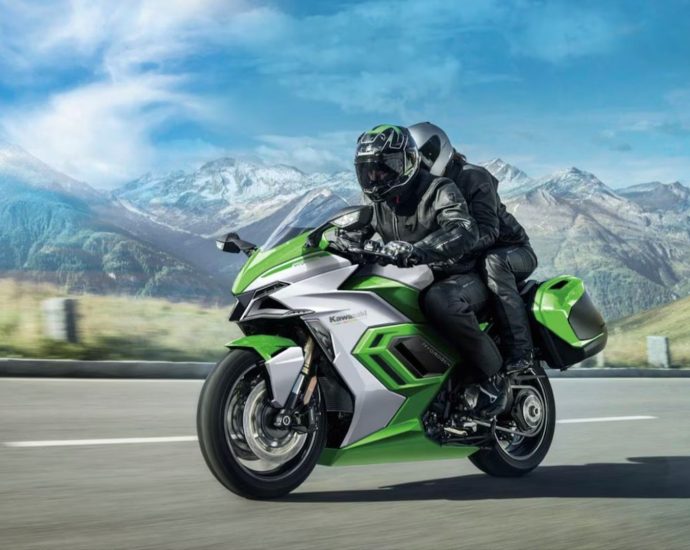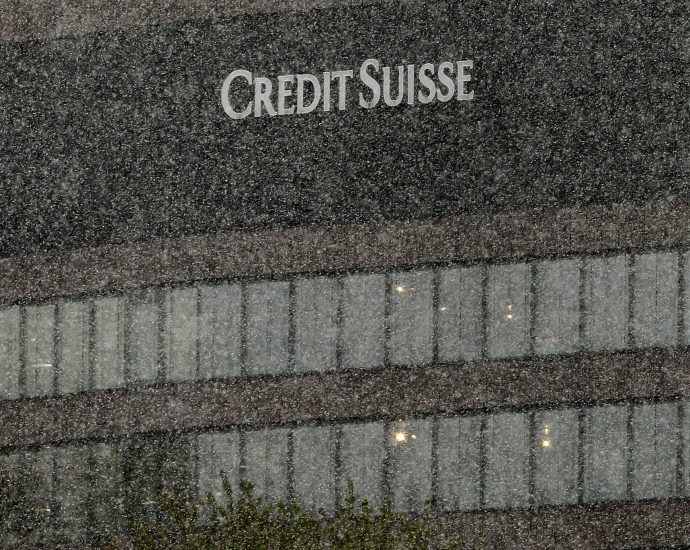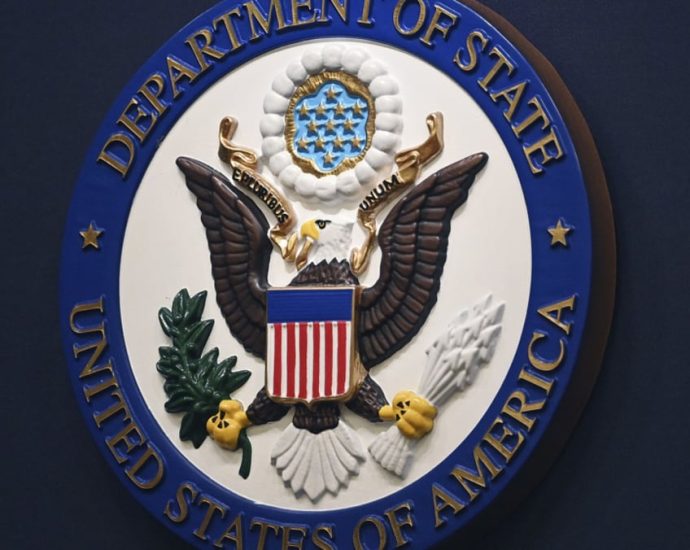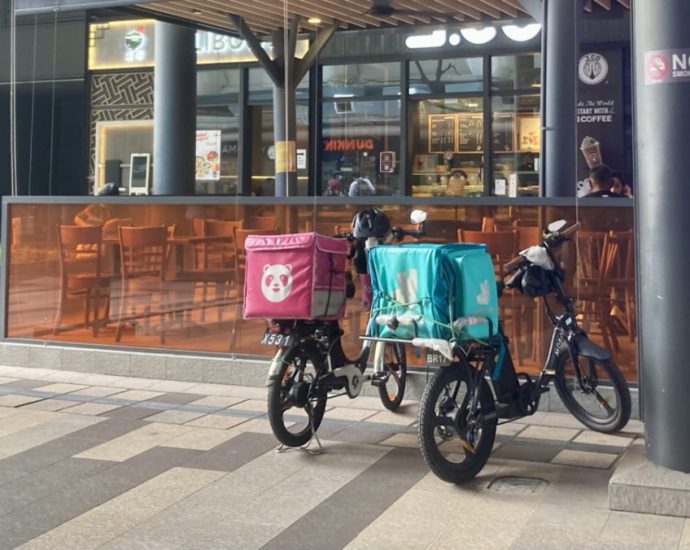Exports of rice surge to 2.8m tonnes

Demand grows despite prices
Rice exports topped 2.79 million tonnes from January to April with the volume for the entire year forecast to exceed 8 million tonnes, the government said.
Prime Minister Prayut Chan-o-cha was upbeat about the figure, valued at US$1.5 billion (51.2 billion baht), up 23% from the same period last year, said government spokesman Anucha Burapachaisri.
The prime minister has instructed state agencies to work proactively to improve rice exports further and increase crop production while pushing to keep rice prices high in overseas markets, Mr Anucha said.
He added exports of Thai rice are expected to keep rising on the back of growing demand in many countries.
Currently, Thailand is the world’s second-largest rice exporter after India.
In April, the hike in rice prices was attributed to the stable baht which has kept the commodity competitive in foreign markets.
As a result, the prices of most types of rice have risen beyond the government’s price guarantee.
The Agriculture and Cooperatives Ministry has now predicted rice exports will surpass the yearly target.
The Department of Internal Trade (DIT) forecasts exports will reach 8 million tonnes, up from 7.69 million tonnes in 2022.
As of May 10, rice exports stood at 3.05 million tonnes, according to Mr Anucha, adding orders for Thai rice from overseas keep on climbing.
Major markets for Thai rice include Iraq, Indonesia, the US, South Africa, Senegal, Bangladesh, China, Japan, Cameroon and Mozambique. Thailand mostly exports white rice the most, followed by jasmine rice.
Mr Anucha said the prime minister thanked state agencies and the private sector for their efforts in marketing and developing the quality of rice for export to meet demand. However, Gen Prayut has cautioned against fraudulent exports, which could damage the reputation of Thai rice internationally.
Udom Srisomsong, deputy director-general of the DIT, said global demand for Thai rice remains strong, which has sustained prices and made them competitive.
The high export prices have offset the need for the government to step in and use its price guarantee measure to assist farmers.
The Thai Rice Exporters Association, meanwhile, said it fails to see any clarity in measures dealing with crop prices from the Move Forward Party or Pheu Thai, the two main parties that will form the new government. They are thrashing out a memorandum of understanding covering key policy areas as part of the deal.
Charoen Laothamthat, the association president, said a change of government should not stall or bring abrupt changes to policies that hinder the development of key crops.
Companies fear Thailand may be losing its competitiveness in exporting rice to Vietnam.



